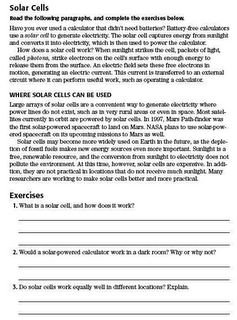Tuesday, May 16, 2006
Tuesday, May 09, 2006
Computer Lab - Atomic Physics
Research Links:
How Nuclear Radiation Works
How Nuclear Power Works
Nuclear Fusion
How Nuclear Bombs Work
Monday, May 08, 2006
Sunday, April 23, 2006
Friday, April 07, 2006
Sunday, April 02, 2006
Thursday, March 30, 2006
Light Study Guide
Answer Section
MULTIPLE CHOICE
1. B
2. C
3. D
4. C
5. A
6. B
7. B
8. D
9. D
10. C
11. A
12. D
13. C
14. B
15. B
SHORT ANSWER
16. diffuse
17. specular
18. opaque—does not allow any light through, brick wall; translucent—light can pass through but light is scattered, cannot see through, waxed paper
19. No; it could be a filter.
20. less heat, therefore less air conditioning; less electricity, save fuel, less pollution, lower operating cost
21. The angle at which light strikes a surface is the same as the angle at which it is reflected.
22. Light slows down as it enters glass; as the wave is slowed, the light bends.
23. Most reflected light that is seen as a glare is reflected horizontally. Polarizing filters block this light cutting down on glare.
24. electricity flows through a low-pressure gas; atoms of the gas receive energy from the electricity; these atoms give off energy in the form of UV radiation; phosphors, substances on the inside of the tube, absorb the UV radiation and give off light
25. CD players, surgical tools, cutting, welding, surveying, measurement, telephone systems, holography
26. A hologram is made with a laser and is 3-D.
27. transparent: transmits almost all light; example: glass window; translucent: allows some light through; example: frosted glass




